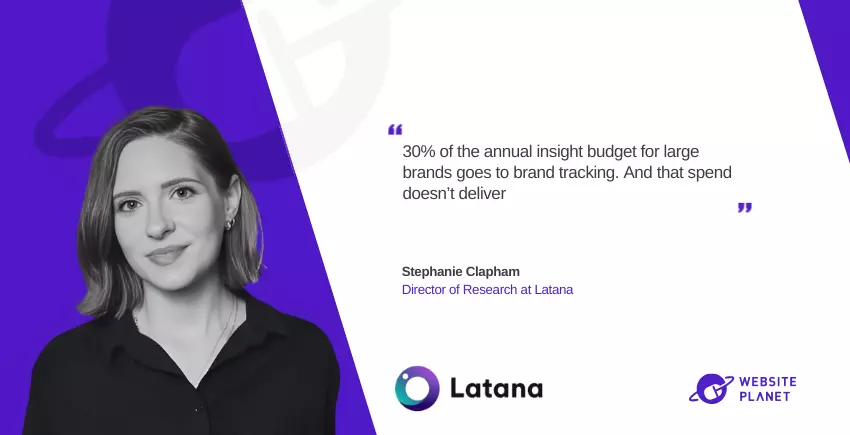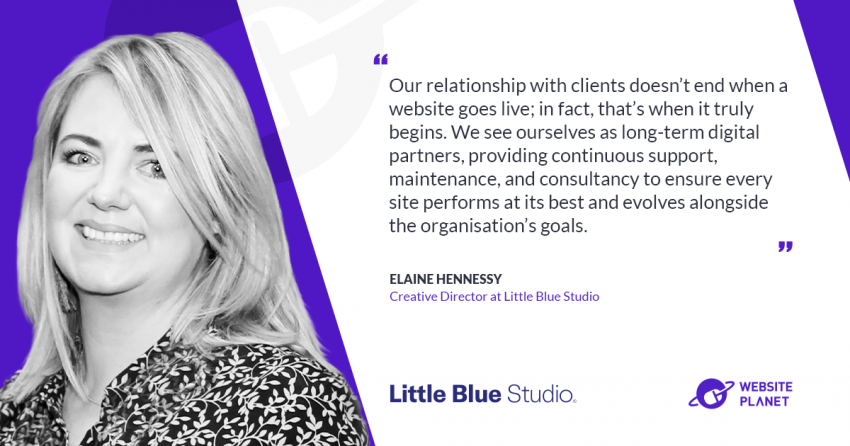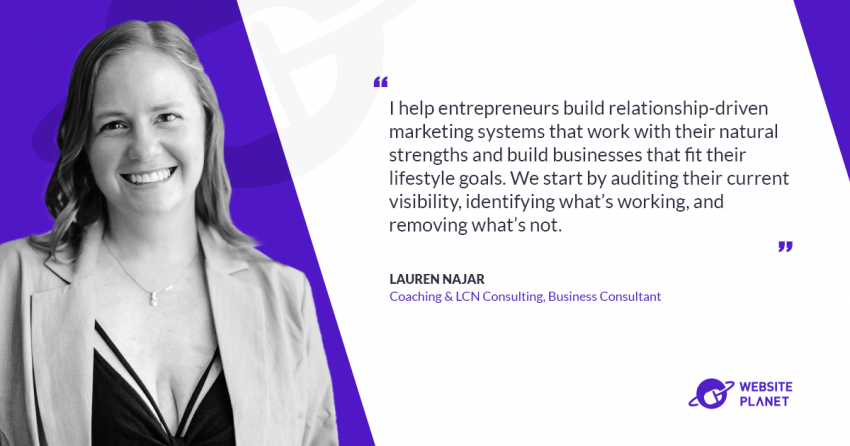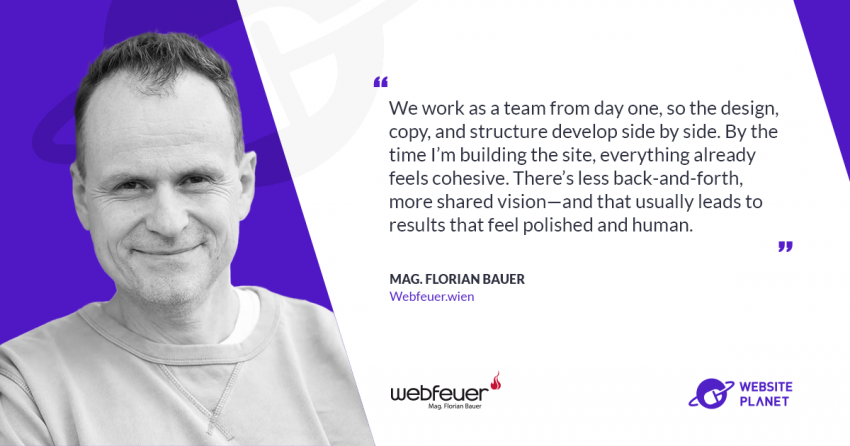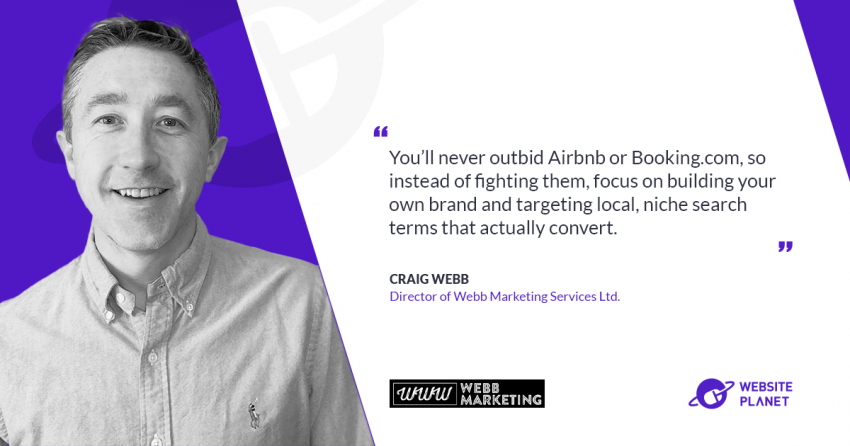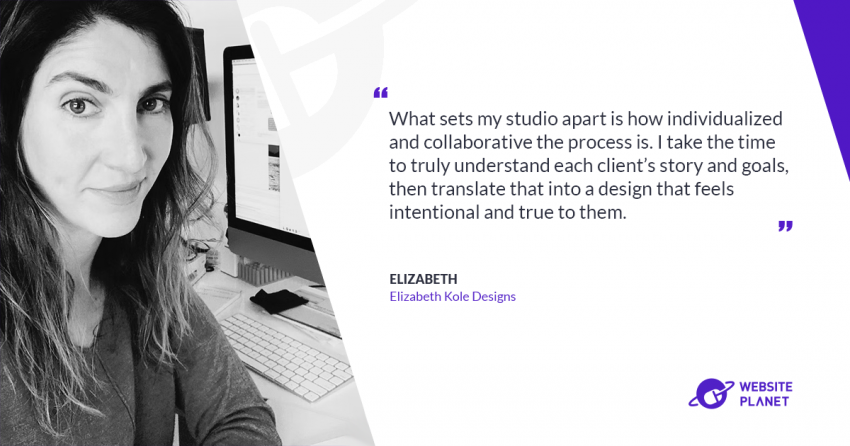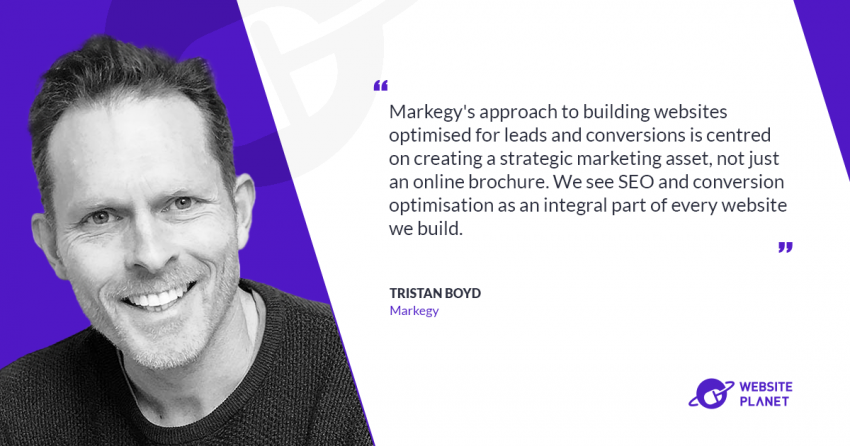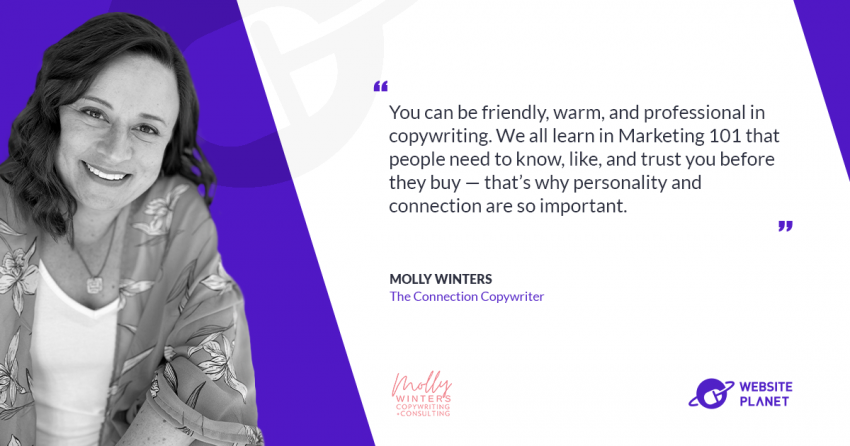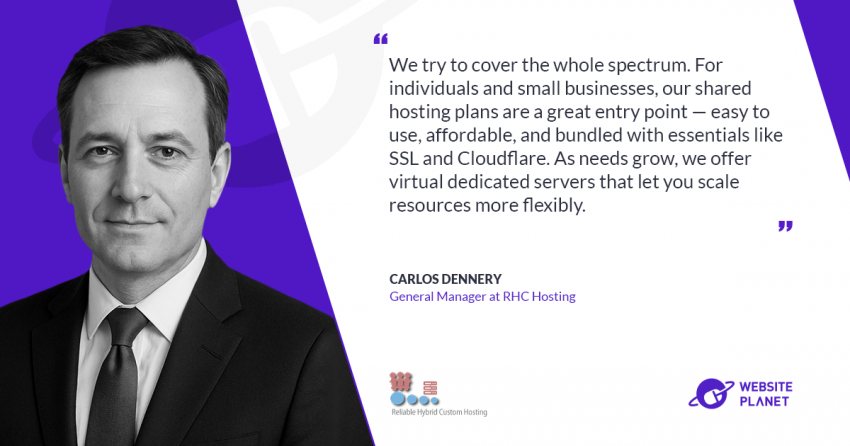Most brands spend up to 50% of their marketing budgets on brand marketing.
But they still have no reliable way to tell if it’s actually working.
In this exclusive interview with Website Planet, Stephanie Clapham, Director of Research at Latana, breaks down the flaws in current brand measurement systems, and how Latana’s approach offers a smarter, more scalable alternative to their clients across 50+ markets.
For marketers tired of wasting budget on “just okay” data, this is a wake-up call, and a better path forward.
Why does your company exist?
Brands invest billions of dollars every year in marketing, much of it on brand marketing. It makes sense, since experts like Mark Ritson and Les Binet recommend allocating up to 50% of your spend there.
But measuring brand perception is still more art than science. It’s incredibly hard to tell if brand marketing is moving the needle, since traditional tracking methods are too expensive, unreliable, and often inaccurate (especially at global scale).
Even with six- or seven-figure budgets, many marketers still struggle with low-quality data and poor access to target audiences.
Latana exists to fix that, giving brands scalable, reliable insights on how people actually perceive them, so they can make smarter marketing decisions with confidence.
What makes this problem so severe that you had to create your own solution?
When we talk to brand and insight leaders, they almost always tell us the same things: their current brand tracking is too expensive, not reliable enough, and doesn’t scale across the markets they operate in.
That’s unacceptable for something so critical, where brands invest up to 30% of their brand’s insight budget
What’s worse, the industry hasn’t meaningfully innovated in over 20 years.
Add in AI-driven fraud, panel fatigue, and poor global coverage, and you’re left with a growing crisis of trust. If we don’t fix this, more brands will stop tracking their brand health altogether, wasting budget and missing growth opportunities.
EDITOR’S NOTE
How Much Marketing Budget Can Be Wasted?
Regaining lost market share can cost up to $1.85 for every $1.00 saved. This shows how short-term savings often lead to higher future expenses when you cut on brand spending.
More in general, as much as 60% of marketing budgets can be wasted due to ineffective spending, poor targeting, and lack of clarity on performance, not to mention that nearly a quarter (23%) of digital marketers do not track campaign spend at all.
Who’s most affected by this issue, and why are they still stuck with it?
Any brand spending on growth should be measuring if it’s working. But if your tracking solution gives you overinflated purchase claims or counterintuitive insights, you risk making the wrong decisions.
The problem is, many brand leaders and marketers haven’t seen any real brand tracking innovation in decades, so they don’t even know a better approach exists. Switching providers just means more of the same outdated methods and the same frustrating results.
And incumbents have no incentive to improve data quality when the whole industry is doing the same thing. They can simply profit from the status quo. Even well-meaning agencies are stuck with panel sampling and don’t have the tools to fix the root problems.
So there’s a gap in innovations and knowledge.
What are others in the industry doing, and why doesn’t it work?
Some providers have introduced fraud detection tools or different sampling techniques, but these are just band-aids.
Fraud scores might catch obvious issues like straightlining or speeding, but they often exclude good respondents and let bots slip through. The real issue lies in incentivized responses—and no one’s tackling that head-on.
As for sampling, most companies still use panel-based approaches. Whether it’s quota sampling, river sampling, or otherwise, the core flaws are the same: limited reach, bias, and poor representativity.
We need to ditch self-selection and pay-for-response models altogether, and reach diverse, unbiased audiences in a more organic way.
How is Latana fundamentally different?
Our approach is radically different: we use ad-based sampling to reach real, casual respondents around the world — people who engage because they want to share their opinion, not because they’re paid to do it.
Here’s how Latana’s data collection method compares to competitors.
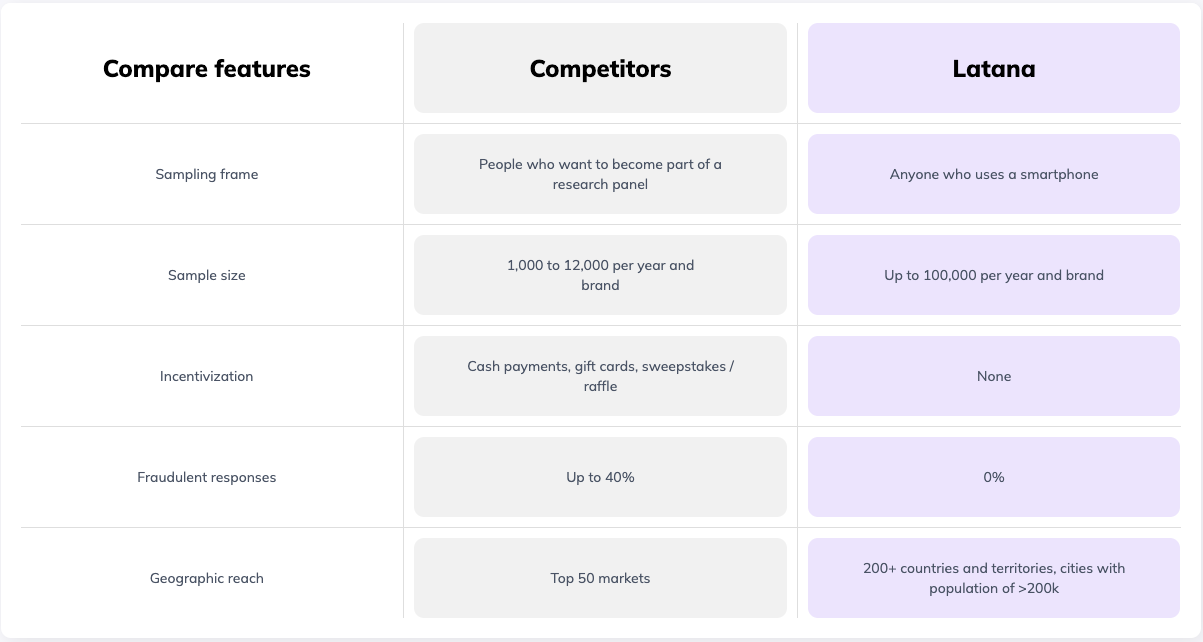
This dramatically reduces fraud, improves data quality, and gives us scale most agencies can’t touch, since we tap into global ad networks through demand-side platforms.
Then we apply cutting-edge statistical modeling. Our Multilevel Regression and Poststratification (MRP) model, powered by machine learning and Bayesian stats, can reduce margin of error by up to 90% compared to traditional methods.
That means our clients get better insights, faster, and at a much better value.
What’s one major milestone that proves your solution works?
We’re now tracking over 3,000 brands across 50+ markets worldwide, from FinTech to fashion to food.
More importantly, we’re seeing major adoption from both global giants and modern disruptors—like crypto and neobank brands—who find traditional methods completely unworkable.
Here’s what a few of our clients say:
- Amorelie: “We can now replace assumptions with reliable, up-to-date performance data.”
- Bloom & Wild: “The flexible, modular approach lets us align our budget with business priorities.”
- Podimo: “Latana gives us valuable insights and helps us track how our brand is maturing locally and globally.”
What’s your vision for the future?
We’re continuing to raise the bar for brand tracking—both in how data is collected and how insights are delivered.
Our upcoming roadmap includes:
- AI-powered insight generation: Saving our clients’ time by automating data analysis with Large Language Models to build out insight reports.
- Weekly tracking: Enabling brands to measure their visibility and campaign impact more frequently
- Hyper-local precision: City and DMA-level tracking opens up new possibilities to measure regional differences and targeted campaign impact
- Deeper data segmentation: Using our advanced modelling to uncover rich insights about cross-KPI audience behaviour
- More precise purchase funnel data: Eliminating inflated numbers on deeper-funnel KPIs and building real confidence to connect consumer insights with sales data.
We build side-by-side with our clients, and we’re excited to keep innovating with them to solve real-world marketing challenges.
Want a second opinion on your brand tracking data?
Reach out to Latana.
They’ll show you how modern sampling and predictive modeling can uncover insights that actually drive growth—without the guesswork.
LinkedIn:
- https://www.linkedin.com/company/latana—industry—insights/
- https://www.linkedin.com/in/stephanie—clapham/
X: https://x.com/latanabrand
Data sources:
https://www.bcg.com/publications/2023/rethink-brand-marketing-budget
